Filter by

Corporate Diplomacy: How Multinational Corporations Gain Organizational Legit…
This Open-Access book investigates corporate diplomacy as a legitimation strategy of multinational companies in the United Arab Emirates. The author applies a neo-institutional public relations perspective, according to which societal expectations significantly shape corporate diplomacy communication. Using a multi-method research design, the author shows how corporate diplomacy is used in the …
- Edition
- -
- ISBN/ISSN
- 978-3-658-36818-0
- Collation
- XVIII, 212
- Series Title
- Organisationskommunikation (ORGKOM)
- Call Number
- -

Digitale Medien und Nachhaltigkeit : Medienpraktiken für ein gutes Leben
Wie nutzen Individuen, Nichtregierungsorganisationen und Unternehmen digitale Medien, um zu einer nachhaltigen Gesellschaft beizutragen? Die Autorin rekonstruiert in dieser Open-Access-Publikation die sozial-ökologischen Folgen aktueller Digitalisierungsprozesse und zeigt anhand dreier Fallstudien, wie verschiedene Akteur*innen Digitalisierung nachhaltiger gestalten (wollen): Neben dem Reparie…
- Edition
- -
- ISBN/ISSN
- 978-3-658-36167-9
- Collation
- XI, 277
- Series Title
- Medien • Kultur • Kommunikation (MKK)
- Call Number
- -
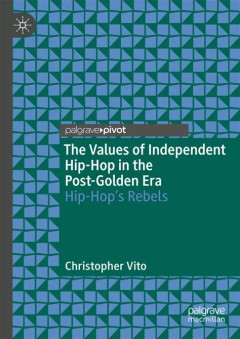
The Values of Independent Hip-Hop in the Post-Golden Era
Utilizing a mixed-methods approach, this book uncovers the historical trajectory of U.S. independent hip-hop in the post-golden era, seeking to understand its complex relationship to mainstream hip-hop culture and U.S. culture more generally. Christopher Vito analyzes the lyrics of indie hip-hop albums from 2000-2013 to uncover the dominant ideologies of independent artists regarding race, cla…
- Edition
- 1
- ISBN/ISSN
- 9783030024819
- Collation
- XV, 184 hlm,: ill, lamp;
- Series Title
- -
- Call Number
- -
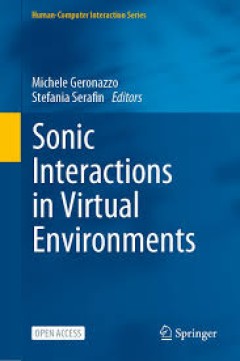
Sonic Interactions in Virtual Environments
This open access book tackles the design of 3D spatial interactions in an audio-centered and audio-first perspective, providing the fundamental notions related to the creation and evaluation of immersive sonic experiences. The key elements that enhance the sensation of place in a virtual environment (VE) are: Immersive audio: the computational aspects of the acoustical-space properties of Vi…
- Edition
- 1
- ISBN/ISSN
- 978-3-031-04021-4
- Collation
- -
- Series Title
- Human–Computer Interaction Series
- Call Number
- XXII, 428

Transmedial Narration : Narratives and Stories in Different Media
This open access book is a methodical treatise on narration in different types of media. A theoretical rather than a historical study, Transmedial Narration is relevant for an understanding of narration in all times, including our own. By reconstructing the theoretical framework of transmedial narration, this book enables the inclusion of all kinds of communicative media forms on their own term…
- Edition
- 1
- ISBN/ISSN
- 9783030012946
- Collation
- VIII, 152 hlm,: ill, lamp;
- Series Title
- -
- Call Number
- -

Reality Lost: Markets of Attention, Misinformation and Manipulation
This open access book looks at how a democracy can devolve into a post-factual state. The media is being flooded by populist narratives, fake news, conspiracy theories and make-believe. Misinformation is turning into a challenge for all of us, whether politicians, journalists, or citizens. In the age of information, attention is a prime asset and may be converted into money, power, and influ…
- Edition
- 1
- ISBN/ISSN
- 9783030008130
- Collation
- XXII, 144hlm; ill., lamp.,
- Series Title
- -
- Call Number
- -
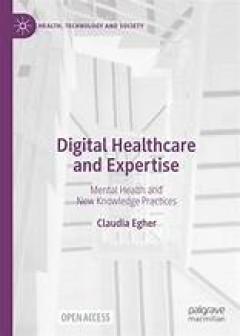
Digital Healthcare and Expertise
This open access book explores how expertise about bipolar disorder is performed on American and French digital platforms by combining insights from STS, medical sociology and media studies. It addresses topical questions, including: How do different stakeholders engage with online technologies to perform expertise about bipolar disorder? How does the use of the internet for processes of knowle…
- Edition
- 1
- ISBN/ISSN
- 978-981-16-9178-2
- Collation
- oer.unej.ac.id
- Series Title
- Health, Technology and Society
- Call Number
- 307
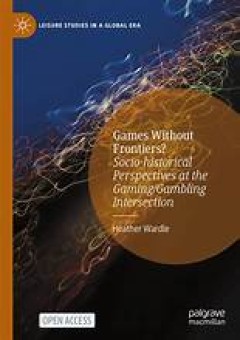
Games Without Frontiers?
This open access book focuses on how and why digital games and gambling are increasingly intertwined and asks “does this matter?” Looking at how “loot boxes” became the poster child for the convergence of gambling and gaming, Wardle traces how we got here. She argues that the intersection between gambling and gaming cultures has a long lineage, one that can be traced back throughout the…
- Edition
- 1
- ISBN/ISSN
- 978-3-030-74910-1
- Collation
- oer.unej.ac.id
- Series Title
- Leisure Studies in a Global Era
- Call Number
- 306
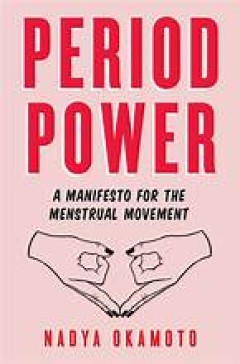
The Menstrual Movement in the Media
This book investigates the impact of the mediation of menstruation and menstrual activism on young people’s knowledge, attitudes, behaviours, and interpersonal relationships. Since 2015, the menstrual movement has become increasingly visible on social media and in news media from across the globe. In Great Britain, the menstrual movement brings together a diverse group of activists who …
- Edition
- 1
- ISBN/ISSN
- 978-3-031-72195-3
- Collation
- -
- Series Title
- Palgrave Studies in Communication for Social Change
- Call Number
- X, 331
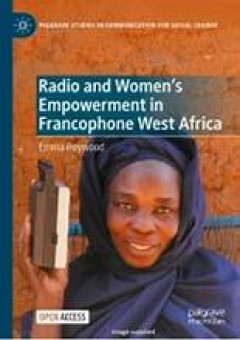
Radio and Women's Empowerment in Francophone West Africa
This open access book breaks new ground by examining the significant role played by radio in empowering women in three Francophone West African countries: Mali, Niger and Burkina Faso. It examines the representation and perception of key themes broadcast by radio and associated with women’s empowerment in the three countries. Each chapter contextualises a specific topic in the country and th…
- Edition
- 1
- ISBN/ISSN
- 978-3-031-35985-9
- Collation
- -
- Series Title
- Palgrave Studies in Communication for Social Change
- Call Number
- XIII, 239
 Computer Science, Information & General Works
Computer Science, Information & General Works  Philosophy & Psychology
Philosophy & Psychology  Religion
Religion  Social Sciences
Social Sciences  Language
Language  Pure Science
Pure Science  Applied Sciences
Applied Sciences  Art & Recreation
Art & Recreation  Literature
Literature  History & Geography
History & Geography